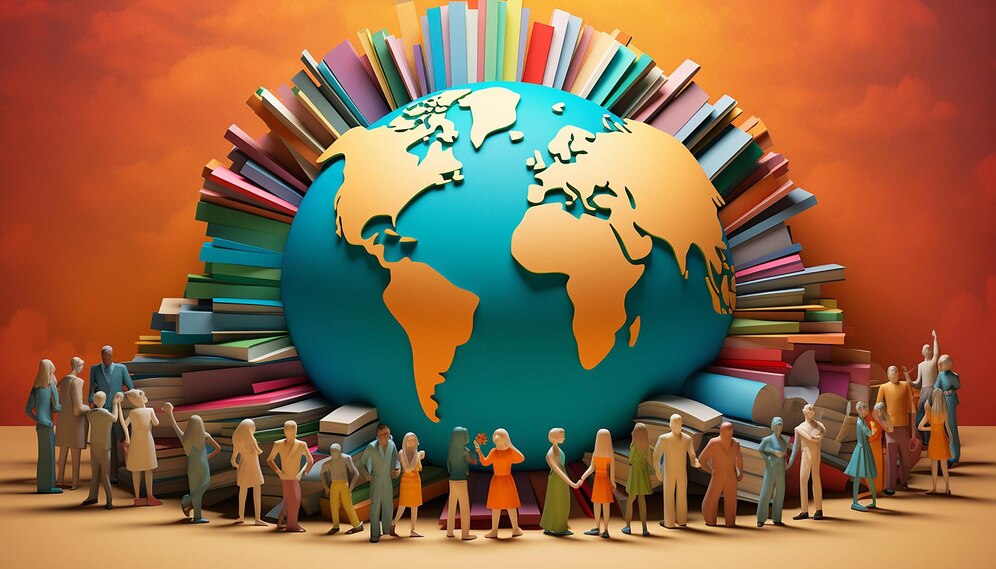
Kääntäminen: The Art and Science of Finnish Translation
Kääntäminen: A Comprehensive Guide to Translation Services and Practices
Understanding Kääntäminen: The Art and Science of Translation
Kääntäminen, the Finnish word for translation, encompasses more than just converting words from one language to another. In today's interconnected world, kääntäminen services have become essential for businesses, individuals, and organizations seeking to bridge linguistic and cultural gaps.
The Evolution of Kääntäminen Through History
Translation practices have evolved significantly over centuries, with kääntäminen playing a crucial role in Finnish cultural development. From ancient manuscript translations to modern digital solutions, the field has continuously adapted to meet changing needs:
- Early manuscript translations
- Industrial revolution impact
- Digital transformation
- AI-powered solutions
Professional Kääntäminen Services
Types of Translation Services
Modern kääntäminen services cover various specializations:
- Technical documentation
- Legal documents
- Medical translations
- Literary works
- Marketing materials
- Website localization
Quality Standards in Kääntäminen
Professional kääntäminen adheres to strict quality standards:
- ISO certification requirements
- Quality assurance processes
- Peer review systems
- Terminology management
- Cultural adaptation
The Kääntäminen Process
Steps in Professional Translation
- Document analysis
- Term research
- Initial translation
- Editing and proofreading
- Quality control
- Client review
- Final delivery
Technology in Modern Kääntäminen
Translation Tools and Software
The digital age has revolutionized kääntäminen practices through:
- Computer-Assisted Translation (CAT) tools
- Translation Memory systems
- Terminology databases
- Quality assurance software
- Project management platforms
The Role of AI in Kääntäminen
Artificial Intelligence has transformed modern kääntäminen:
- Neural Machine Translation
- AI-powered quality checks
- Automated project management
- Real-time collaboration tools
- Smart terminology extraction
Challenges in Kääntäminen
Common Translation Challenges
Professionals face various challenges in kääntäminen:
- Cultural nuances
- Technical terminology
- Idiomatic expressions
- Format constraints
- Time pressure
- Quality versus speed
Solutions and Best Practices
Successful kääntäminen requires:
- Thorough research
- Cultural consultation
- Expert review
- Client communication
- Continuous learning
- Quality control systems
Specialized Fields in Kääntäminen
Technical Translation
Technical kääntäminen requires:
- Industry expertise
- Specialized knowledge
- Precise terminology
- Technical accuracy
- Documentation skills
Legal Translation
Legal kääntäminen demands:
- Legal system knowledge
- Regulatory compliance
- Certified translations
- Confidentiality
- Attention to detail
Medical Translation
Medical kääntäminen focuses on:
- Medical terminology
- Healthcare regulations
- Patient safety
- Clinical accuracy
- Research translation
The Future of Kääntäminen
Emerging Trends
The kääntäminen industry continues to evolve with:
- Real-time translation services
- Enhanced AI integration
- Blockchain verification
- Virtual reality localization
- Cross-cultural consultation
Industry Predictions
Future developments in kääntäminen may include:
- Advanced neural networks
- Improved accuracy
- Faster delivery times
- Enhanced collaboration tools
- Integrated platforms
Choosing Kääntäminen Services
Selection Criteria
Consider these factors when selecting kääntäminen providers:
- Expertise level
- Industry experience
- Quality standards
- Technology usage
- Customer reviews
- Cost-effectiveness
Quality Verification
Ensure quality kääntäminen through:
- Sample translations
- Reference checks
- Certification verification
- Process review
- Quality guarantees
Impact of Kääntäminen on Global Business
Business Benefits
Professional kääntäminen offers:
- Market expansion
- Customer trust
- Legal compliance
- Brand consistency
- Cultural adaptation
ROI Considerations
Measuring kääntäminen ROI involves:
- Market penetration
- Customer satisfaction
- Legal compliance costs
- Brand recognition
- Customer retention
Best Practices for Successful Kääntäminen
Project Management
Effective kääntäminen requires:
- Clear objectives
- Detailed briefing
- Regular communication
- Quality control
- Timeline management
- Budget monitoring
Quality Assurance
Maintaining high standards in kääntäminen involves:
- Style guides
- Terminology databases
- Review processes
- Client feedback
- Continuous improvement
Cultural Aspects of Kääntäminen
Cultural Sensitivity
Successful kääntäminen considers:
- Local customs
- Cultural references
- Social norms
- Regional variations
- Target audience preferences
Localization Strategies
Effective localization in kääntäminen includes:
- Cultural adaptation
- Market research
- User experience
- Visual elements
- Local regulations
Conclusion
Kääntäminen remains a critical service in our globalized world. As technology advances and markets become more interconnected, the demand for high-quality translation services continues to grow. Understanding the complexities and requirements of professional kääntäminen helps organizations make informed decisions about their translation needs.
Whether for business expansion, legal compliance, or cultural exchange, kääntäminen services provide the essential bridge between languages and cultures. By following best practices and leveraging modern technology, organizations can ensure their translation projects achieve the desired outcomes while maintaining quality and cultural sensitivity.
Additional Resources
For those seeking to learn more about kääntäminen, consider:
- Professional associations
- Industry publications
- Training programs
- Certification courses
- Technology workshops
- Cultural exchange programs
Remember that successful kääntäminen requires a combination of linguistic expertise, cultural knowledge, and technical skills. By choosing the right service providers and following established best practices, organizations can achieve their translation objectives effectively and efficiently.
